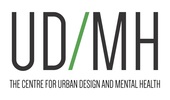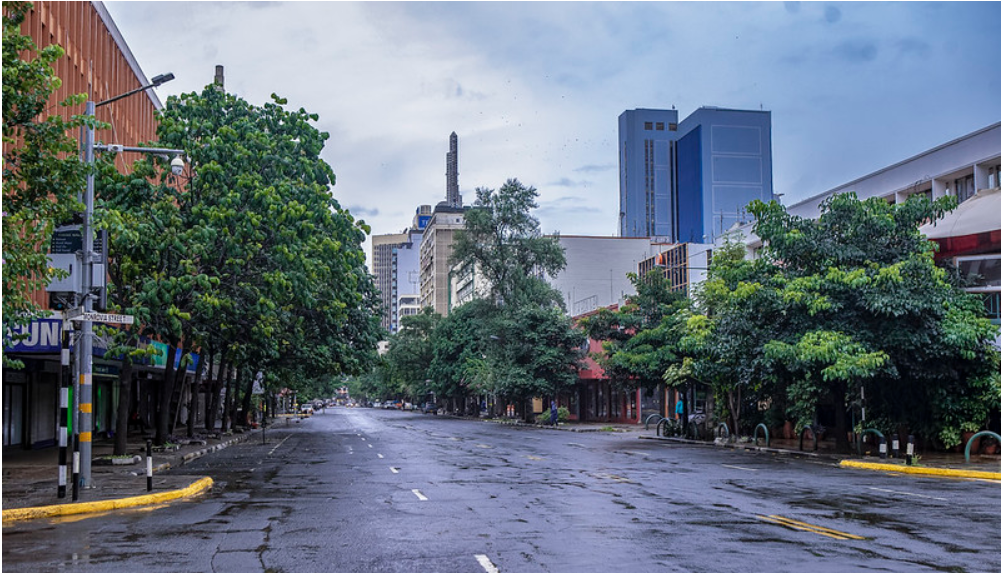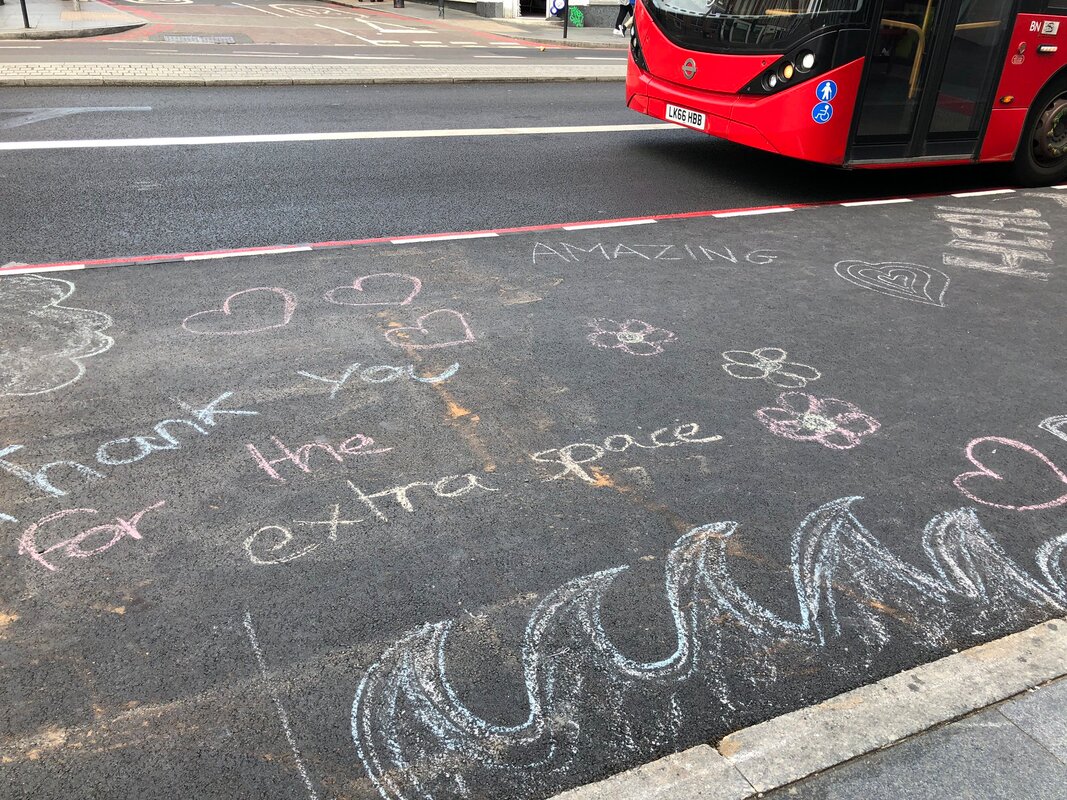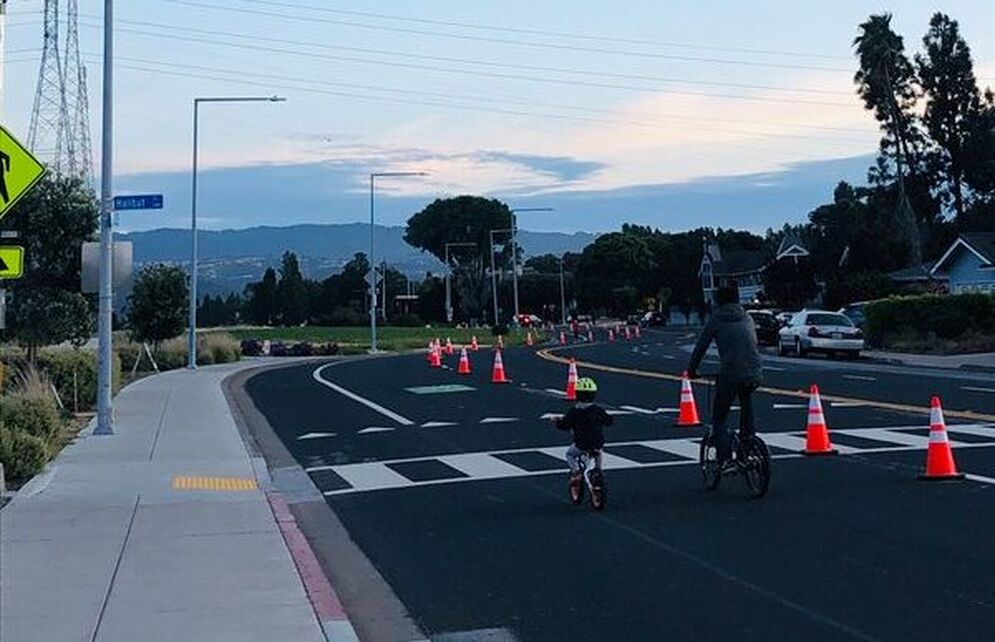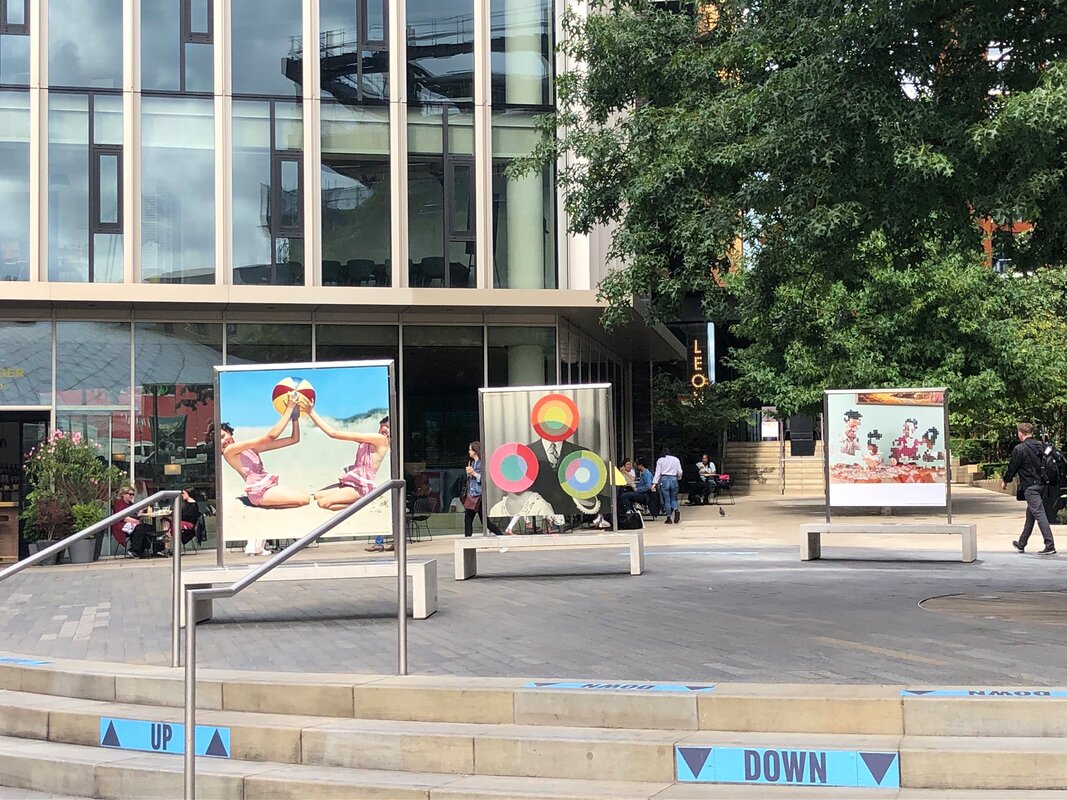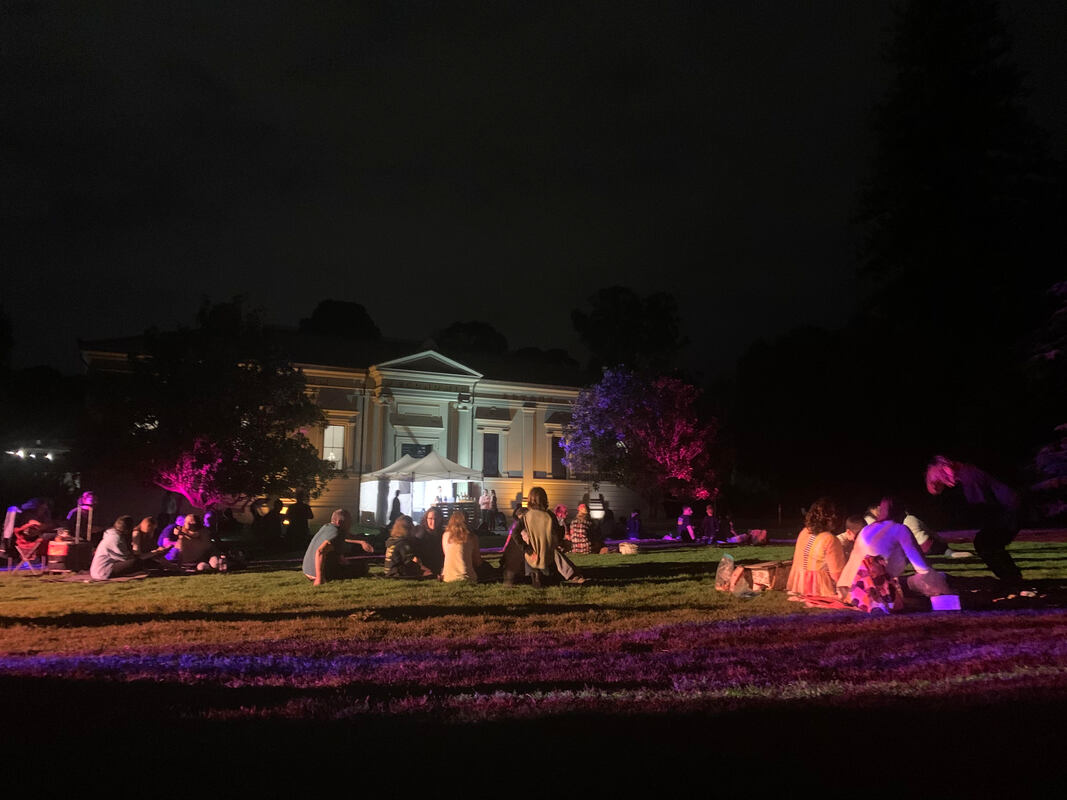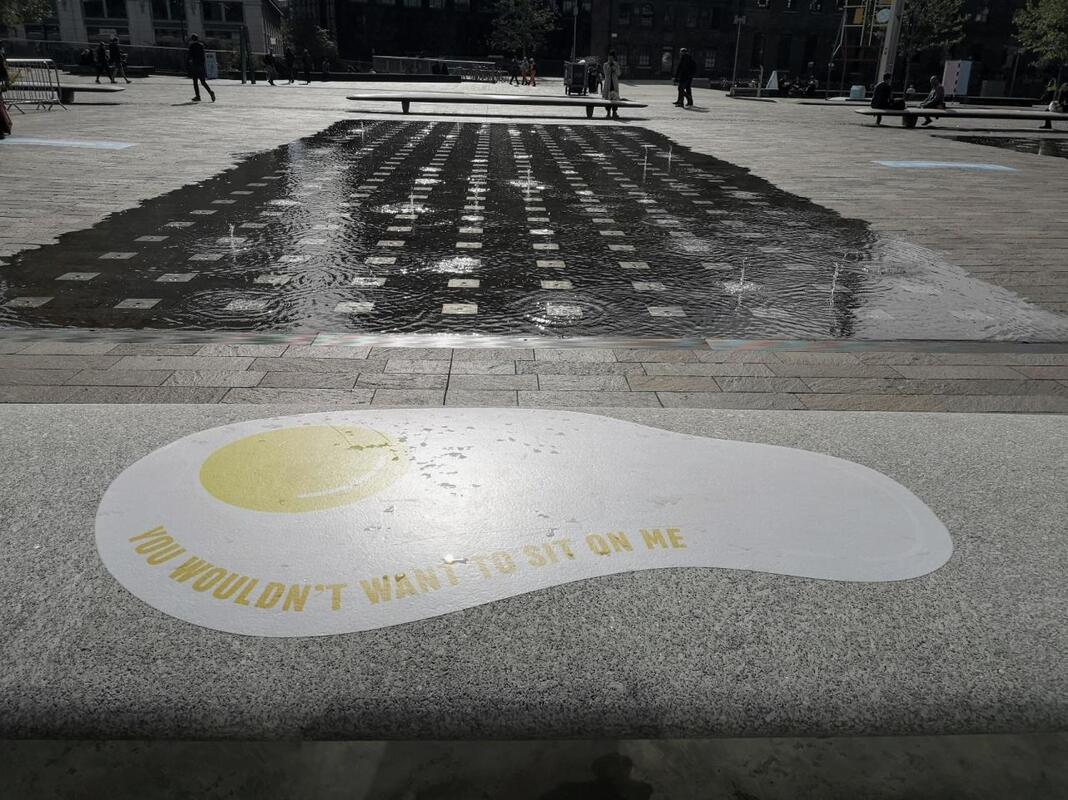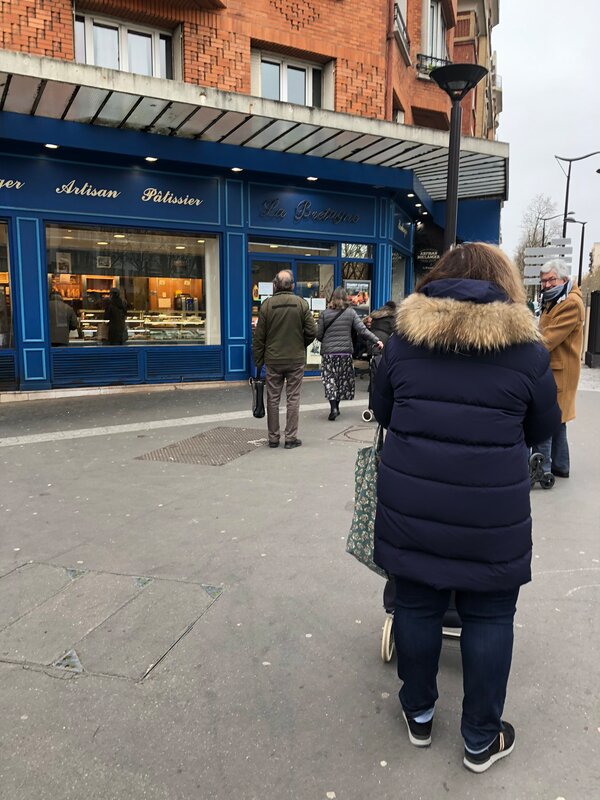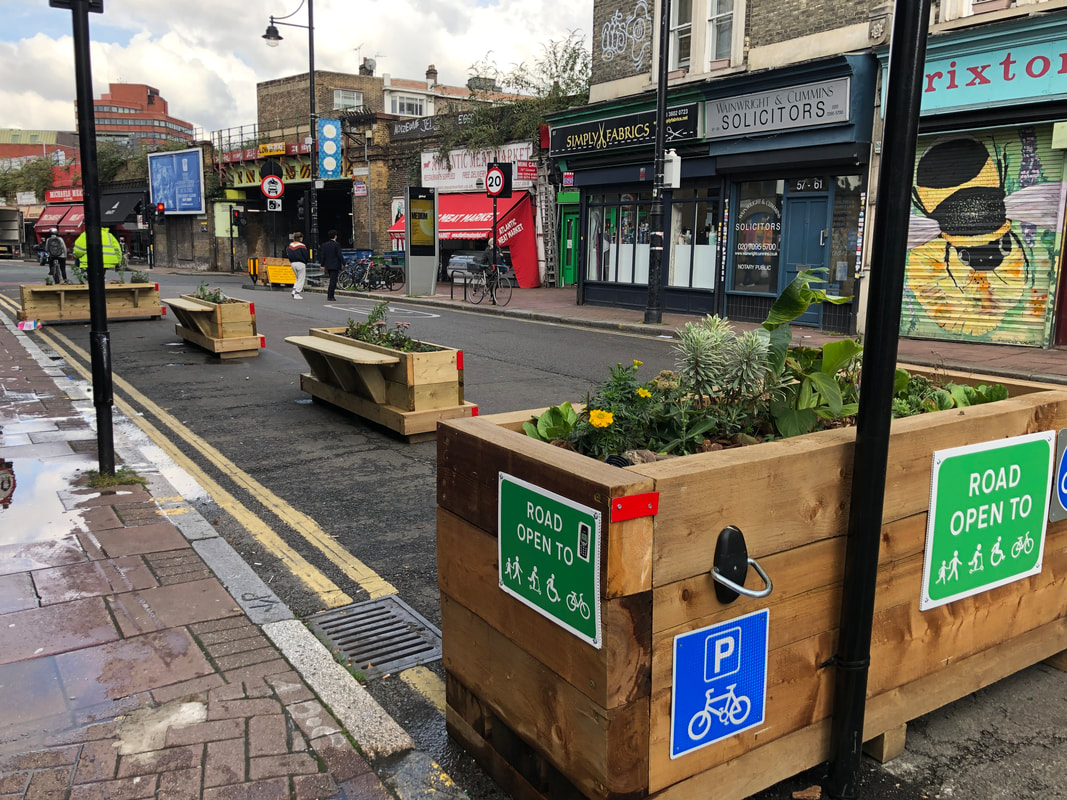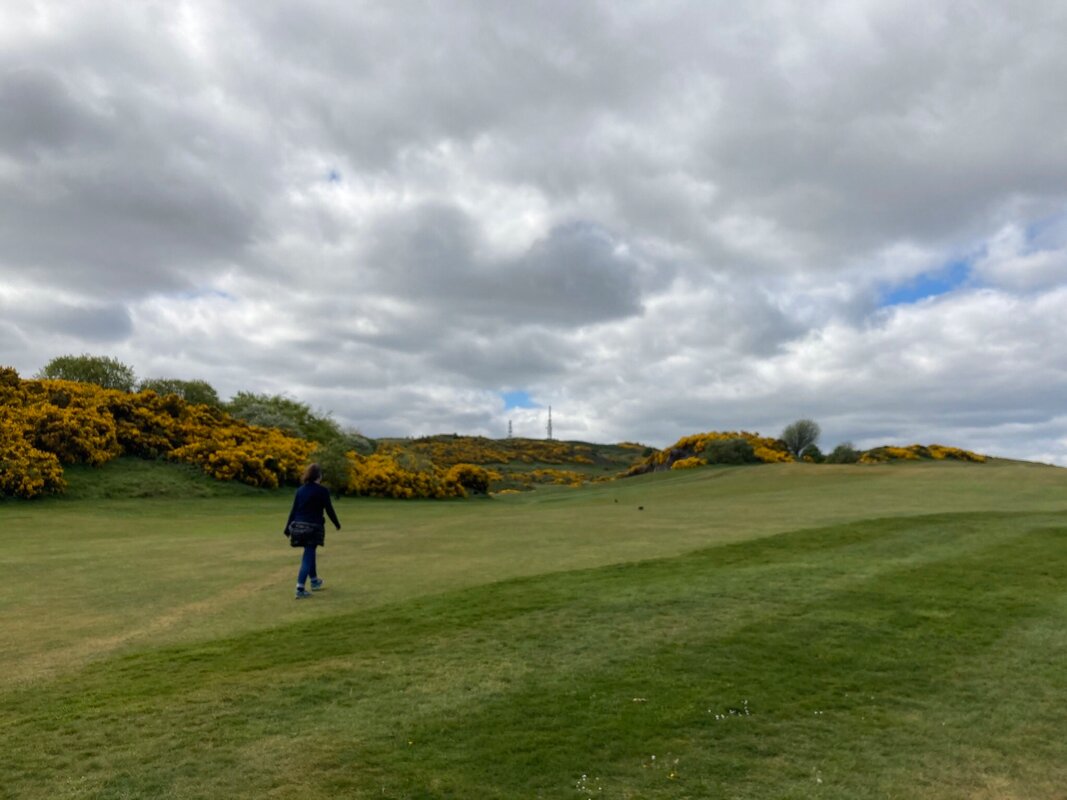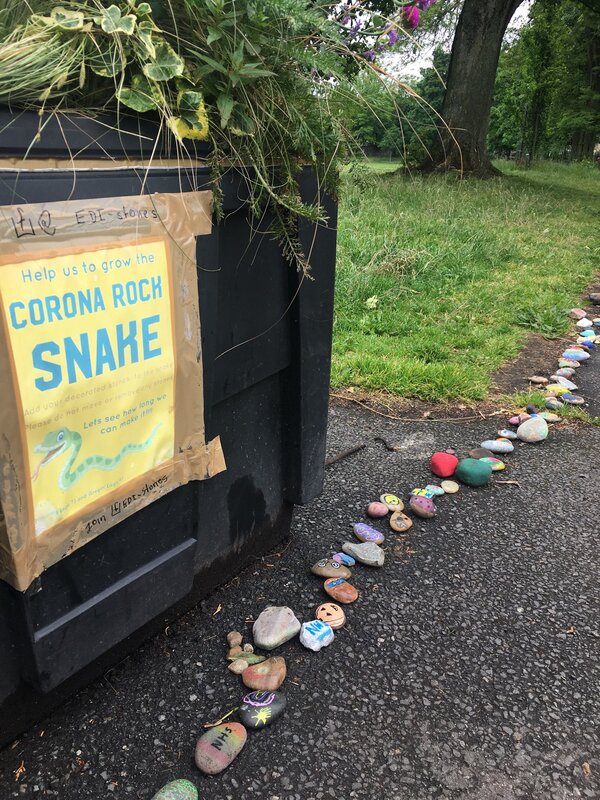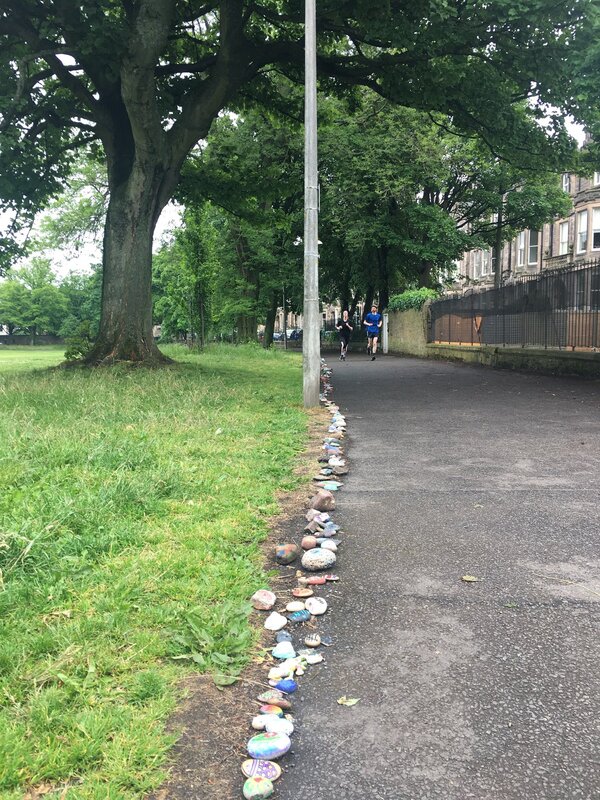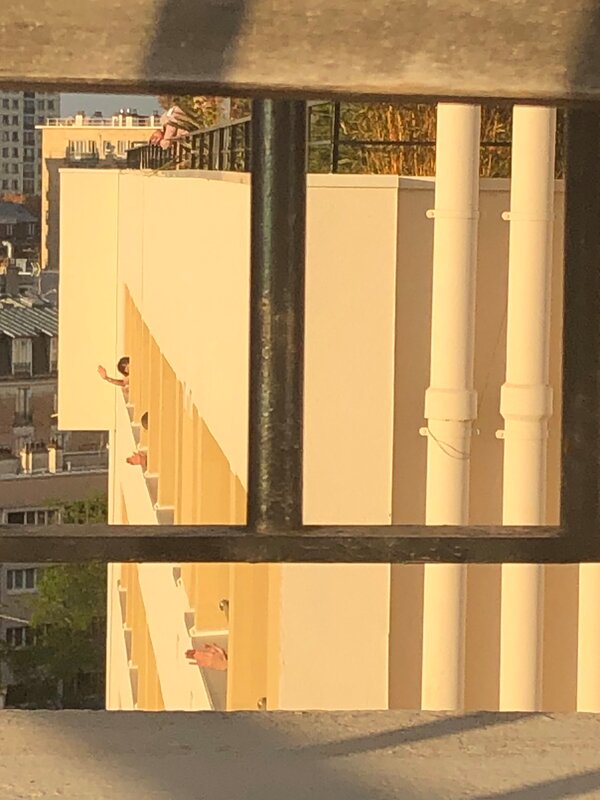|
Journal of Urban Design and Mental Health; 2020:6;4
|
EDITORIAL: COVID-19 PERSPECTIVES
Built environment changes during the COVID-19 pandemic: a photoessay
Compiled by Layla McCay, Director, Centre for Urban Design and Mental Health, with contributions via social media and email.
Reduced flow of people around the city
An empty street which is often full of traffic and crowded with people, pictured during a lockdown.
Nairobi, Kenya. September 2020. Photo from the personal collection of Israel Nyaburi Nyadera, used with permission.
Nairobi, Kenya. September 2020. Photo from the personal collection of Israel Nyaburi Nyadera, used with permission.
Empty offices, with everyone homeworking.
London, UK, October 2020. Photo by Paul Taylor-Pitt
London, UK, October 2020. Photo by Paul Taylor-Pitt
Increasing safe walkability and bikeability
To enable social distancing along a busy thoroughfare, the pavement/sidewalk was extended at this typically crowded bus stop, widening pedestrian access, and narrowing the road. This photograph shows community chalk art in response to the change.
Brixton, London, UK. May 2020. Photo by Layla McCay
Brixton, London, UK. May 2020. Photo by Layla McCay
Weekend car-free streets for people to enjoy eating out while social distancing. Makes a safe and stress-free environment for children to bike and run around while parents don’t have to continually keep their eyes on the streets.
Burlingame, California, USA. August 2020. Photo by Anushka Thakkar.
Burlingame, California, USA. August 2020. Photo by Anushka Thakkar.
Pop-up cycle lane allowing the child to enjoy an independent cycle ride with his stress-free dad and without any cars swooping by.
Foster City, California, USA. May 2020. Photo by Anushka Thakkar.
Foster City, California, USA. May 2020. Photo by Anushka Thakkar.
Socially-distanced outdoor activity
Art being exhibited outdoors, and people are being routed using a one way system to enable social distancing. (In the background you can also see people using outdoor seating at cafes).
Kings Cross, London, UK. September 2020. Photo by Layla McCay.
Kings Cross, London, UK. September 2020. Photo by Layla McCay.
Social distancing at an immersive, gentle light and sound show within the Adelaide Botanic Gardens that would otherwise have been very crowded.
Adelaide Botanic Gardens, September 2020. Photo by Trish Hansen.
Adelaide Botanic Gardens, September 2020. Photo by Trish Hansen.
Sticker additions to the seating areas on Granary Square outside Central Saint Martins , Kings Cross. This is a fried egg to encourage people to sit apart. There was also a melted ice lolly!
Kings Cross, London, October, 2020. Photo by Jo Ellingham
Kings Cross, London, October, 2020. Photo by Jo Ellingham
With social distancing requirements including restrictions on how many people were allowed in a shop at any one time, and how close they could stand next to each other, public space became given over to queues of people.
Paris, France, August 2020. Photo by Sophie Gleizes.
Paris, France, August 2020. Photo by Sophie Gleizes.
Hand hygiene infrastructure
Makeshift hand hygiene stations installed in the street.
Clapham, London, May 2020. Photo by Layla McCay.
Clapham, London, May 2020. Photo by Layla McCay.
Accessing nature
A Low Traffic Neighbourhood scheme was implemented on this London road to improve local walkability and bikeability during COVID-19. As part of this, planters and benches were installed, bringing nature and resting opportunities into the previously busy road.
Brixton, London, October 2020. Photo by Layla McCay.
Brixton, London, October 2020. Photo by Layla McCay.
City golf courses open to the public.
Edinburgh, UK. May 2020. Photo by Jenny Roe.
Edinburgh, UK. May 2020. Photo by Jenny Roe.
Community spirit
The Corona Snake. Participatory public gesture of community togetherness.
The Meadows, Edinburgh, UK. September 2020. Photo by Jenny Roe.
The Meadows, Edinburgh, UK. September 2020. Photo by Jenny Roe.
During lockdown, people were applauding every evening at 8pm for medical care professionals. It was also a kind of meeting time with our neighbours, with whom we would not usually interact, while social distancing.
Paris, France, August 2020. Photo by Sophie Gleizes.
Paris, France, August 2020. Photo by Sophie Gleizes.
